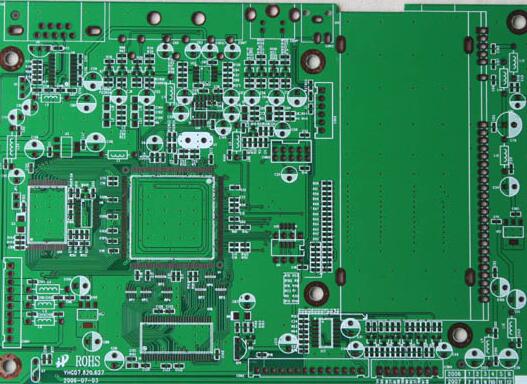What impact will the circuit board have on the raw materials during the processing
iPCB has passed ISO9001:2008, ISO14001, UL, CQC and other quality management system certifications, produces standardized and qualified PCB products, masters complex process technology, and uses professional equipment such as AOI and Flying Probe to control production and X-ray inspection machines. Finally, we will use double FQC inspection of appearance to ensure shipment under IPC II standard or IPC III standard.
We are not an agent
Our factory is located in China. For decades, Shenzhen has been known as the world's electronics R&D and manufacturing center. Our factory and website are approved by the Chinese government, so you can skip the middlemen and buy products on our website with confidence. Because we are a direct factory, this is the reason why 100% of our old customers continue to purchase on iPCB.
The quality of the product can be affected during the processing of the circuit board, not only the elements of manual operation, but also the elements of raw materials, the latter will also have a great impact on the inner short circuit. Because of its standard stability unevenness, the unevenness that determines the positioning accuracy of the inner layer, and determines the quality of the product, so we also need to pay attention to the raw materials.

The stability of the multi-layer PCB material standard is the primary factor that affects the positioning accuracy of the inner layer. It is also necessary to consider the influence of the thermal expansion coefficient of the substrate and the copper foil on the inner layer of the multilayer PCB. From the analysis of the physical properties of the substrates used, laminates all contain polymers, and their primary structure will change at a certain temperature, which is commonly known as the glass transition temperature Tg. The glass transition temperature is a unique function of many polymers, second only to the coefficient of thermal expansion, and it is the most important characteristic of laminates.
Plated through holes have a lower natural expansion rate than the surrounding laminate. In the circuit board processing, the thermal expansion of the laminate is faster than the hole body, which means that the through hole body is stretched along the deformation direction of the laminate. This stress condition produces a tensile stress in the through-hole body. When the temperature rises, the tensile stress will continue to increase. When the stress exceeds the cracking strength of the through-hole plating, the plating will crack. At the same time, the higher thermal expansion rate of the laminated board significantly increases the stress on the inner conductor and the pad, causing the conductor and the pad to crack, forming a short circuit in the inner layer of the multilayer PCB.
In the process of circuit board processing, the selection of raw materials is also very important. We must conduct in-depth analysis of the functions of raw materials to ensure that the raw materials meet certain skill requirements and provide assistance for later processing. In the future, the skills will continue to develop, and its production and distribution methods will also become more advanced over time, ensuring that the standards and accuracy of the circuit board meet the requirements.